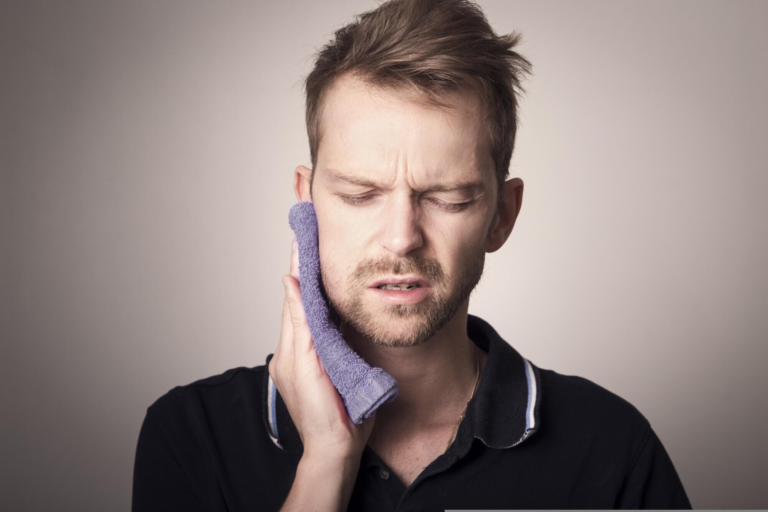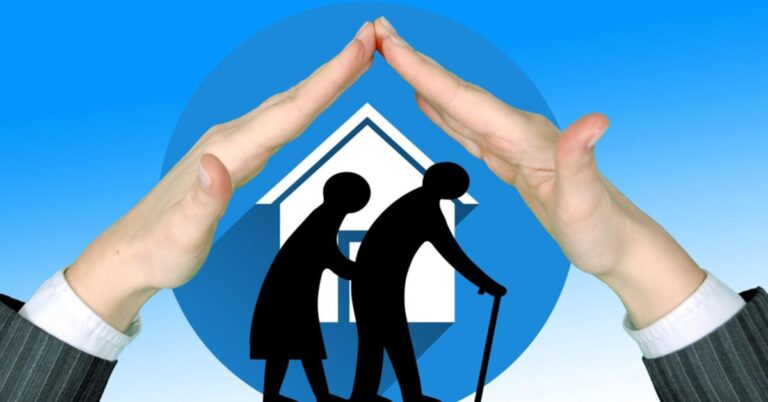Does Physiotherapy Help Migraines?
You may have a migraine when you experience a headache on one side of your head that lasts at least four hours. This condition worsens with triggers like bright lights, loud noises, physical activity, and strong odors.
If you experience migraine symptoms, prompt treatment is essential. Otherwise, it can disrupt your routine and affect your quality of life.
This article explores common migraine triggers and how Austin Physical Therapy can help you. Kindly read along!
Is Migraine The Same As Headache?
Although many people use migraines and headaches interchangeably, migraines are different. Migraines occur with several symptoms, including a throbbing or pounding headache on one side of the head, sensitivity to light or sound, nausea, and vomiting.
What Are The Risk Factors for Migraines?
Migraines are not age-specific – they can affect anyone from children to adults. However, some people are more likely to experience this condition. Risk factors for migraines include;
- Family history of migraines
- Sex – women are likely to have migraines more than people assigned male at birth.
- Medical conditions like depression, anxiety, sleep disorders, and epilepsy increase your risk for migraine.
- Smoking
What Are The Symptoms of a Migraine?
Migraines occur in four phases: prodrome, aura, headache, and postdrome, with each phase having a specific symptom;
Prodrome
This is the first phase of a migraine, beginning for about 24 hours before you experience a headache. Symptoms of the prodrome phase include mood changes, difficulty concentrating, fatigue, frequent urination, and increased hunger and thirst.
Aura
The aura phase of a migraine is when you experience sensory symptoms that indicate that you are about to have a migraine headache. This phase can last between 5 and 60 minutes. In some cases, you may even experience aura and headache simultaneously. It is important to note that you may not always have an aura before a migraine.
Symptoms of the aura phase of a migraine include vision changes, ringing in your ears, numbness, difficulty concentrating, and sensitivity to touch.
Headache
The headache phase of a migraine causes pulsating or throbbing pain in one side of your head. It can last between four to 72 hours. Additional symptoms of this phase include nausea, vomiting, and sensitivity to light, sound, or odor.
Postdrome
This phase is similar to an alcohol hangover, and it lasts for a few hours up to 48 hours after a migraine headache. You may also experience neck stiffness, fatigue, nausea, and dizziness.
What Are The Common Triggers for Migraines?
Exposure to specific conditions can provoke a migraine. Stress is a well-known trigger, and so is the sudden release from it when, for example, you go on vacation. Some medications can initiate a migraine, and so can overdoing it at the gym. People who have migraine are often very sensitive to hormonal changes, both in the direction of increasing and decreasing hormone levels. Skipping meals is another sure way to land in migraine territory. Sensitivity to sensory stimuli, such as bright lights and loud noises, is also common. Finally, some people seem to have a genetic tendency to have more migraines after eating certain foods, such as aged cheese, alcohol, chocolate, or processed foods.
How To Avoid Migraine Triggers
You can only avoid your migraine triggers after you can identify them. Keeping a journal of when your migraine happens, how long it lasted, and how you felt can help. You should also include the foods you ate and the activities you participated in that worsened the migraine.
Discussing your triggers with your physiotherapist is vital. They can help you understand how to manage them, especially if the primary one is stress.
How Does Physiotherapy Help Migraines?
When you visit your physiotherapist for migraine and headache treatment in Austin, TX, they will assess your current situation and disability. Together, you and your physiotherapist will create a plan to work on your triggers and other contributing factors that make you susceptible to migraines and headaches. One of the physiotherapy treatment options that can benefit you is ice therapy. Applying ice to your head while you have a migraine can help decrease the intensity and duration of the headache. Your physiotherapist will inform you when and how to effectively use ice therapy, standard or in combination with other techniques. Other techniques include:
Manual Therapy
Manual therapy is a hands-on treatment that may include techniques like massage therapy, soft tissue manipulation, and joint mobilization. It aims to relieve stiffness and tension and increase mobility in the head and neck.
Exercises
Your physiotherapist will create an exercise program that can help decrease pain and improve your endurance. They will show you how to perform these exercises safely to reduce the frequency and intensity of your migraines. Nevertheless, it is best to start slowly and gradually build your endurance to relieve pain when doing these exercises.
Patient Education
Your physiotherapist will educate you on how to prevent and reduce the severity of your headaches by identifying your specific triggers. They will also teach you relaxation techniques to manage your triggers and reduce the frequency of your migraines.
Get Help Today!
Migraines can cause throbbing or pulsating pain on one side of your head, lasting several hours or even days. Fortunately, Carter Physiotherapy can help reduce the frequency and severity of your condition. Your physiotherapist will diagnose your condition to create a tailored treatment plan. They will also educate and work with you throughout your treatment and adjust your care plan if necessary.







